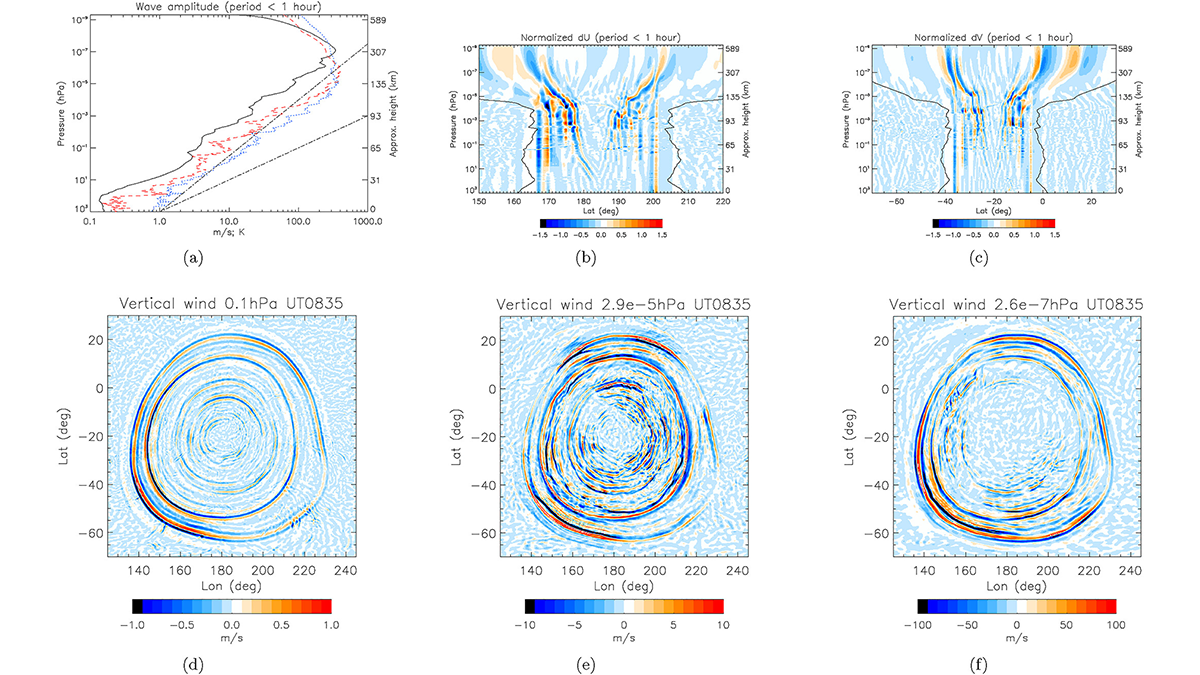Editors’ Highlights are summaries of recent papers by AGU’s journal editors.
Source: Geophysical Research Letters
On 15 January 2022, the Hunga Tonga-Hunga Ha’apai Volcano produced one of the most powerful eruptions ever recorded. Liu et al. [2023] performed a high-resolution whole atmosphere model simulation to study the atmospheric responses to the eruption. The simulation shows that persistent wave modes following the eruption grow prominently with altitude, leading to strong disturbances in the thermosphere and ionosphere.
This modeling study highlights consistency with observations from surface pressure to the thermospheric wind and ionospheric electron contents. It therefore enables future model-observation investigation into the coupling processes of the atmosphere and the space environment.
Citation: Liu, H.-L., Wang, W., Huba, J. D., Lauritzen, P. H., & Vitt, F. (2023). Atmospheric and ionospheric responses to Hunga-Tonga volcano eruption simulated by WACCM-X. Geophysical Research Letters, 50, e2023GL103682. https://doi.org/10.1029/2023GL103682
—Yuichi Otsuka, Editor, Geophysical Research Letters

